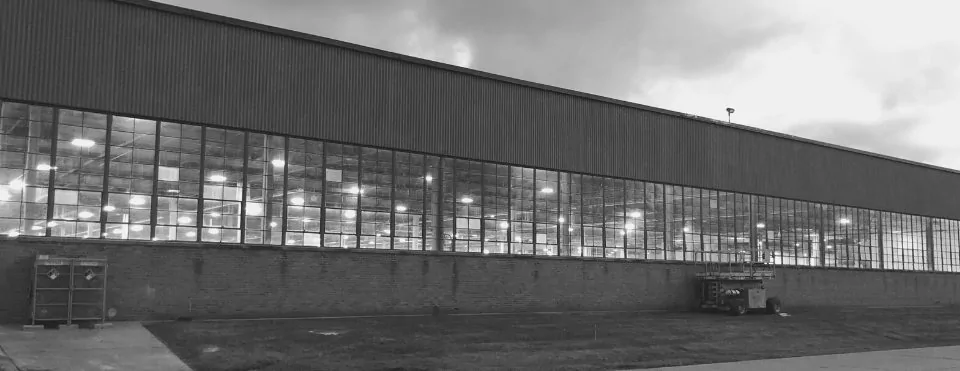Comed Rates in Illinois – Should I switch Suppliers?

Mar 11 2020
Illinois electricity markets were deregulated a few years back, and all the rage was saving money by switching to an alternative provider to Comed to save money on the electric bill. Even large municipalities were switching over their entire residential markets at one time, and contracts were one by a fraction of a penny per kWh. However, after the dust settled, it seems that more folks were hurt by switching away from Comed than by sticking with it.
Deregulation of Electricity Supply
In 1997, the state passed a law called “The Illinois Electric Service Customer Choice and The Rate Relief Law”. This law was designed to promote competition, which would open up more companies to sell electricity to consumers throughout the state. While the two large monopolies would still continue to provide the “pole and wire” or delivery of electricity to all buildings in the state, the supply (or actual electrons used) could be purchased by a number of alternative suppliers.
I am going to use a very rough estimation, but these two components are each about $.06 per kWh for your energy costs, for a total of $.12 per kWh combined. These two are roughly estimated because they are quite different for residential and commercial, and are wildly different based on your size. For a complete and current list of rates, and a good thing to help you fall asleep tonight, check out this Comed Rate info page.

Monetary Saving – or Lack Thereof
There are huge expectations that customers will save significant money in energy deregulation. In fact, there is a huge risk of adding extra layers of complexity to the market and adding costs as well. Think of Enron, and ignore the fraud, but the huge amount of employees and infrastructure that was added to hedge, buy and sell electricity. They can create some efficiencies, but there are also a ton of added people involved in the market – and those people need to get paid.
Another concern is that the deregulated customers are only saving on half their energy costs, the supply side. Since that is only half of their bill, if you save 20% on half your bill, you are really only seeing a net savings of 10%.
Benefits of Buying from Your Utility
One of the benefits of buying electricity from the monopoly provider is that they need to approve all rates from the Illinois Commerce Commission, as well as oversight from the Illinois Power Authority. Comed and Ameren can’t just jack up rates 50% and let that one sneak by. However, a third party seller can lock you into a competitive one year contract, only to escalate the contract by extravagant amounts in the future. I am not saying that all players in the market do this – but there is not one that I trust enough to recommend our customers to work with. We recommend that customers stick with Comed.
In addition, Comed is a huge advocate of the Clean and Equitable Jobs Act, as well as supporting Nuclear Power Generation in Illinois. Yes, Nuclear Power has huge concerns, but as far as carbon emissions – there are none (or very little). We have found Comed to be authentically wanting their customers to be more energy efficient and while not perfect, they do strive to provide great customer experience.
They might be some inefficiencies with one provider, but it is not significant enough to be made up with moving at this time. The only exception is the chance to get great airline miles or other perk when signing up, but you have to ask yourself if that is really worth the risk. When you deregulate energy, you open up a ton of snake oil salesman to the market, that are not always looking out for the best long term interest.
It is better to spend your time and energy in reducing your energy, which leads to long term bottom line savings. And those opportunities are all in unexpected places over your building, you just have to know where to look.
Demystifying Energy: Understanding the Difference Between kWh and kW
In today’s world, bombarded with technical terms and cryptic units, deciphering electricity bills and making informed energy choices can feel like navigating a labyrinth. Two often-confused terms, kWh and kW, play crucial roles in understanding our energy consumption. While they might sound similar, their meanings are worlds apart. This essay aims to illuminate the distinction between these seemingly interchangeable terms, empowering you to become a more conscious energy consumer.
kWh: The Measure of Energy Consumption
Imagine filling a bucket with water. The amount of water in the bucket, measured in liters, represents the energy you’ve used. Just like liters measure water volume, kilowatt-hours (kWh) quantify electrical energy consumption. One kWh equates to the energy used by a 1 kW appliance running for one hour. Simply put, kWh tells you how much energy you’ve consumed over a specific period, like the month reflected on your electricity bill.
kW: The Gauge of Power Consumption
Now, consider the hose filling the bucket. The wider the hose, the faster the water flows, right? The flow rate, measured in liters per minute, represents power. Similarly, kilowatts (kW) measure the rate at which electrical energy is used at a specific moment. For instance, a 1 kW heater consumes energy one kilowatt per hour faster than a 0.5 kW heater. In simpler terms, kW indicates the instantaneous power draw of an appliance, like the current demand reflected on your smart meter.
The Crucial Distinction: Time Makes All the Difference
The key difference between kWh and kW lies in the inclusion of time. kWh incorporates the duration of energy use, reflecting the total amount consumed. Conversely, kW measures the instantaneous rate of energy use, like a snapshot in time.
Understanding the Impact: Making Informed Choices
Knowing the difference between kWh and kW empowers you to make informed energy decisions. Consider the following:
- Reducing kWh: By using energy-efficient appliances (lower kW) and practicing conservation, you can lower your total energy consumption (kWh) and potentially reduce your bill.
- Understanding Peak kW: During peak demand periods, electricity prices might be higher. Knowing your appliances’ kW ratings helps you avoid using high-power devices simultaneously, potentially lowering peak demand charges.
kWh and kW, though seemingly alike, represent distinct aspects of energy consumption. Recognizing the critical difference between these terms equips you to analyze your energy use, make informed choices, and navigate the sometimes-complex world of electricity bills. Remember, knowledge is power, and in this case, it can also illuminate your path towards a more sustainable and cost-effective energy future.
Potential benefits of Switching to a New Supplier
- Lower prices: Some third-party providers may offer lower electricity supply rates than your local utility, especially if you are a high-energy user or sign up for a fixed-rate plan during a period of low wholesale electricity prices.
- Renewable energy options: Some third-party providers offer plans that source electricity from renewable sources, which may appeal to environmentally conscious consumers.
- Additional features: Some providers offer additional features like bill pay management, home energy audits, or rewards programs.
Potential drawbacks:
- Hidden fees: Some third-party providers may charge hidden fees, such as early termination fees, enrollment fees, or monthly service charges, which can negate any potential savings.
- Variable rates: Many third-party providers offer variable-rate plans, which means your electricity costs can fluctuate with the market price of electricity. This can lead to unpredictable bills and higher costs if the market price rises.
- Deceptive marketing: Some third-party providers have been accused of using deceptive marketing practices to mislead consumers, so it’s important to be cautious and read the fine print carefully before signing up for any plan.
Recent Developments for Third Party Supplier Data
According to the Citizens Utility Board, recent analysis shows that in the current Illinois electricity market, switching to a third-party supplier is unlikely to save you money and may even cost you more. In recent years, Illinois consumers have lost more than $800 million from alternative electric suppliers, according to CUB. So in the current electricity market, it’s likely that the regulated utility is your best option unless you have a very sophisticated and very dedicated procurement team. If you are considering an electricity offer, be careful to ask good questions and read the fine print before signing up.
The Illinois Attorney General has taken action against several third-party providers for deceptive marketing practices. There are many good companies that sell third-party electricity and natural gas, but there are also some terrible companies that have faced criminal prosecution. It can be hard to tell the good from the bad.
Recommendations for Utility Partners
- Do your research: Before switching providers, compare rates and plans carefully, considering both the electricity supply rate and any additional fees. You can use the Illinois Power Agency’s Power Choice website to compare providers.
- Be wary of variable-rate plans: If you are concerned about unpredictable bills, stick with a fixed-rate plan.
- Read the fine print carefully: Make sure you understand all of the terms and conditions of a plan before signing up.
- Consider your energy usage: If you are a low-energy user, the potential savings from switching providers are likely to be small.
Ultimately, the decision of whether or not to switch to a third-party energy provider is a personal one. By carefully considering the potential benefits and drawbacks, you can make an informed decision that is right for you.
Harnessing the Sun Together: How Community Solar Works in Illinois
For many Illinois residents, embracing solar energy seems like a distant dream. Installing panels requires upfront costs, space availability, and technical expertise. But fear not, sun-seekers! Community solar offers a unique solution, allowing you to reap the benefits of solar power without the burden of individual ownership. Let’s delve into the workings of this innovative program and explore how you can become part of the solar revolution.
The Power of Partnership: Community Solar
Community solar involves subscribing to a shared solar array located within your utility’s service territory. Imagine a large field of panels collectively generating clean energy, each section allocated to participating households. As a subscriber, you essentially “rent” a portion of the array, receiving a credit on your electricity bill based on the electricity your share generates. The beauty lies in the shared responsibility. The project developer handles installation, maintenance, and grid connection, eliminating individual burdens. You simply enjoy the environmental and financial rewards.
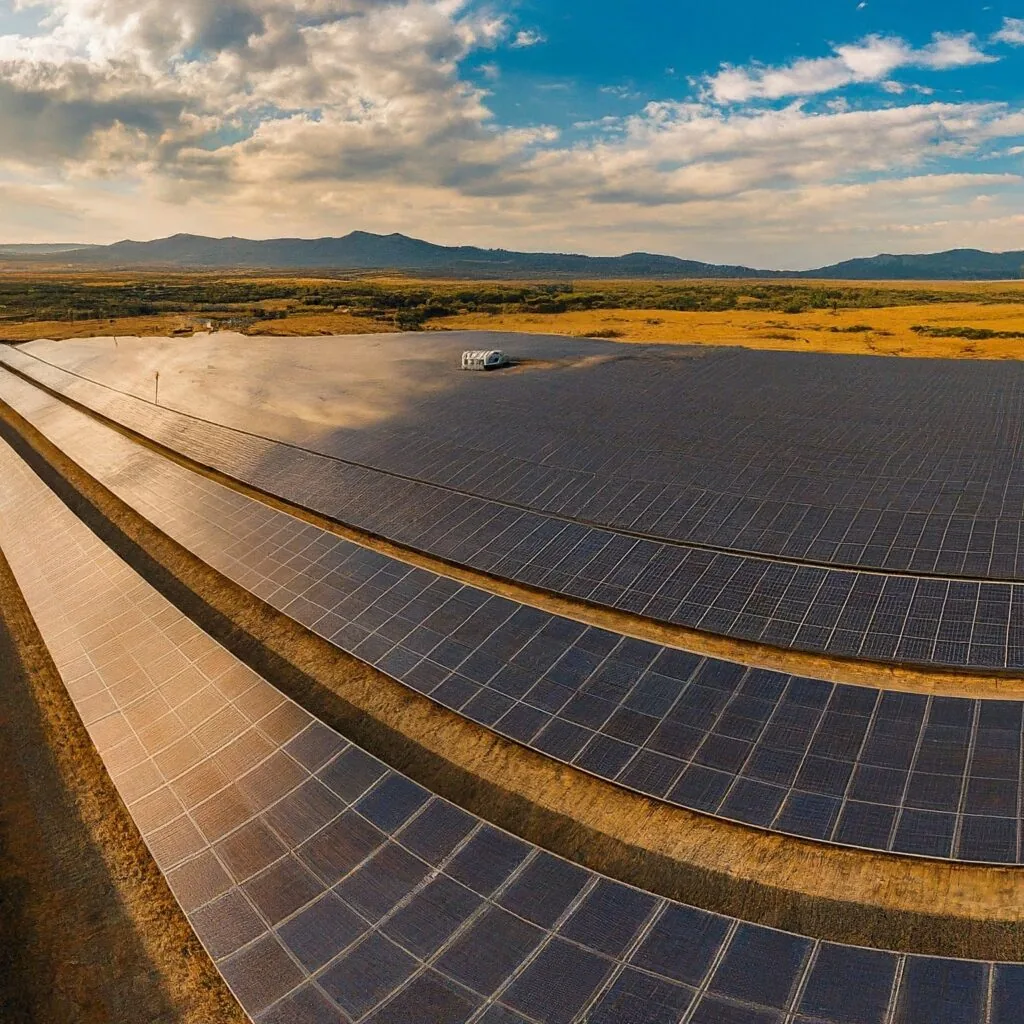
Participating is surprisingly straightforward. Here’s the basic roadmap.
First, Find a Project: Research community solar projects operating in your area. Resources like Illinois Shines and Citizens Utility Board provide helpful listings. Typically, this is found through a developer that creates a project, and then sells shares to participate in this community solar “farm”. These are typically long term contracts, at least 10 years long.
Then choose your right amount of energy you will need to buy, no more, no less. Select a subscription size based on your estimated energy needs. The larger the share, the greater the bill credit and potential savings.
Finally, sign a contract with the project developer, outlining your subscription details and fees. Sit back and let the sun do the work!
What are the Benefits of Community Solar?
The benefits of community solar are multifaceted:
- Financial Savings: You’ll likely see reduced electricity bills thanks to the bill credits generated by your solar share.
- Environmental Impact: By supporting renewable energy, you contribute to a cleaner planet and reduced reliance on fossil fuels.
- Accessibility: Community solar opens the door to solar power for renters, homeowners with unsuitable roofs, or those hesitant about upfront costs.
- Shared Investment: You join a community invested in clean energy, fostering a sense of collective responsibility and environmental stewardship.
Should I Join the Solar Movement?
Community solar represents a significant step towards a more sustainable future in Illinois. By participating, you contribute to a cleaner environment, enjoy potential cost savings, and join a growing community of forward-thinking solar citizens. So, research available projects, consider your needs, and take the plunge into the sunshine! Remember, even small steps collectively create a brighter future, powered by the sun.
Final Recommendations on Third-Party Energy and Community Solar
We recommend to our clients and customers that they stay with the utility instead of buying third-party providers, as they more often than not lose money in the relationship.
If you are going to consider solar, first consider adding it to your own roof or property. Try to buy it if you can, but even leasing it through a PPA is a great option.
If you can’t do that, then a community solar farm could be a great prospect for you to consider.
Finally, always think first about investing in energy efficiency, as opposed to spending time trying to find the lowest energy rate. A kWh not used is far cheaper than a kWh at a lower price. If you are in Illinois, consider a free energy efficiency audit to help reduce your usage and truly save money on your bill.
Featured Posts
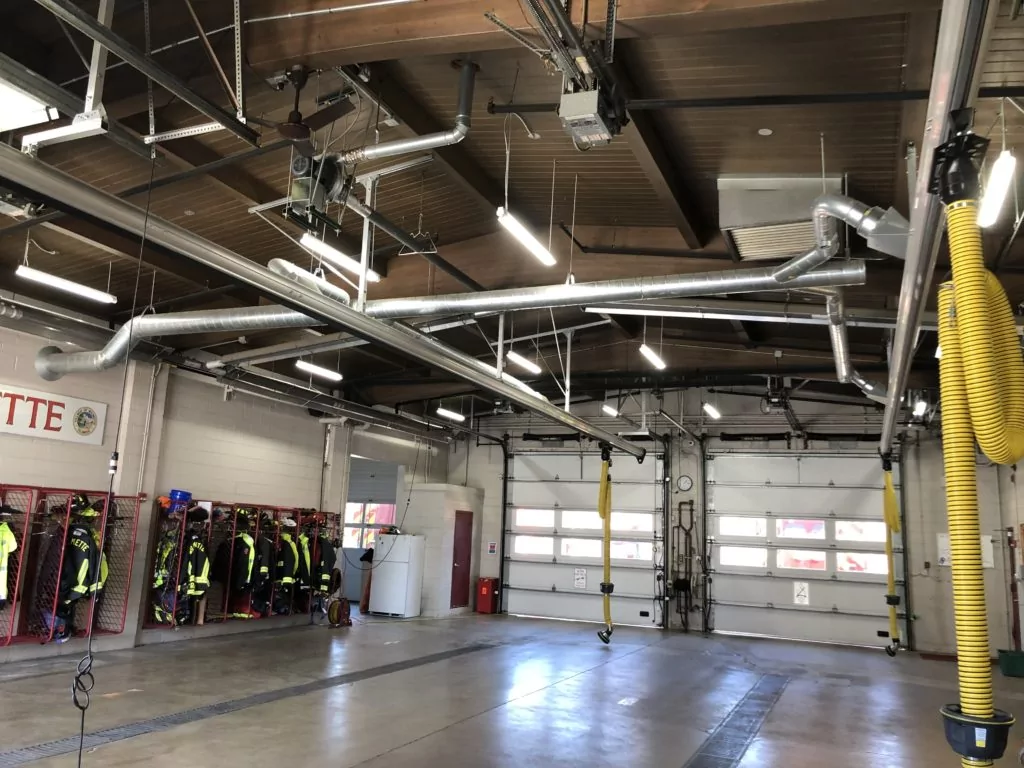
Mar 15 2021
Energy Savings Formula
In 2002, I became a firefighter in the north suburbs of Chicago. I was young and idealistic - loving almost every part of the job. However, I had another secret passion - sustainability. In addition…
Continue Reading >

May 02 2019
Verde Energy Efficiency Experts 10 Most Sustainable Companies in Chicago
In our energy efficiency consulting firm, we constantly look for inspiration from local companies that lead and innovate in clean energy and sustainability. Not all companies have billion dollar budgets, but that doesn’t mean that…
Continue Reading >
Related Articles
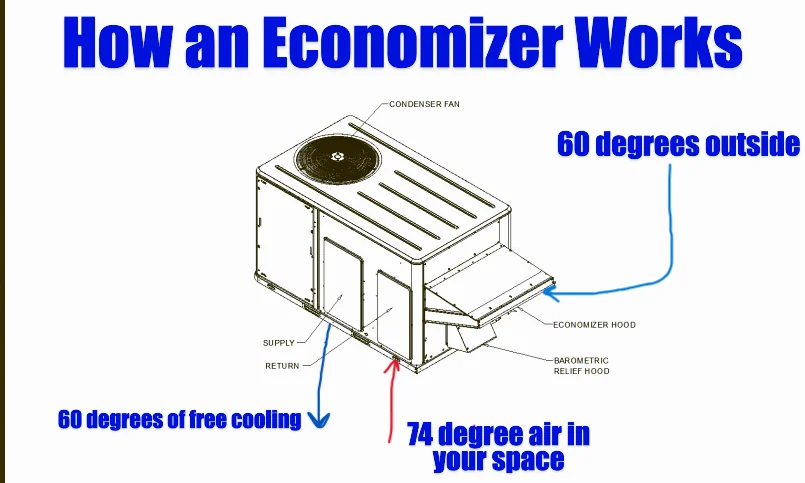
May 13 2025
Advanced Rooftop Controls for Your Building
Growing up, my grandmother was an influential person in my life. She believed in me when I started my business – when everyone else thought I was nuts to leave my steady job at the…
Continue Reading >
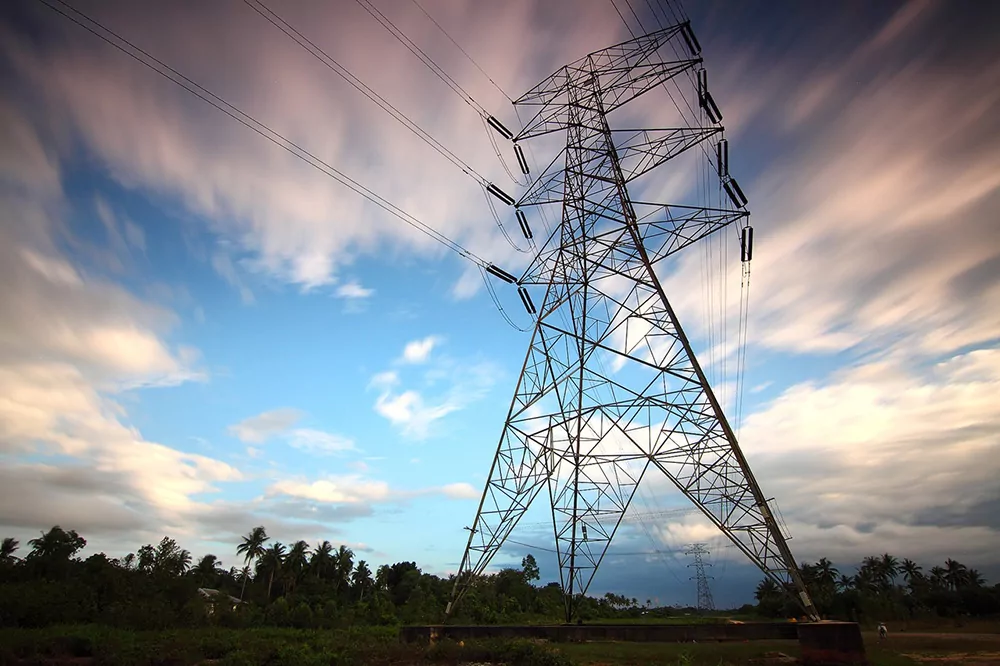
Sep 03 2021
Inflation, Interest Rates and Sustainability
Back when I was a firefighter, I was incredibly lucky to study Economics and Environmental Policy at the University of Chicago in a graduate degree. In fact, much of my energy efficiency consulting business is…

